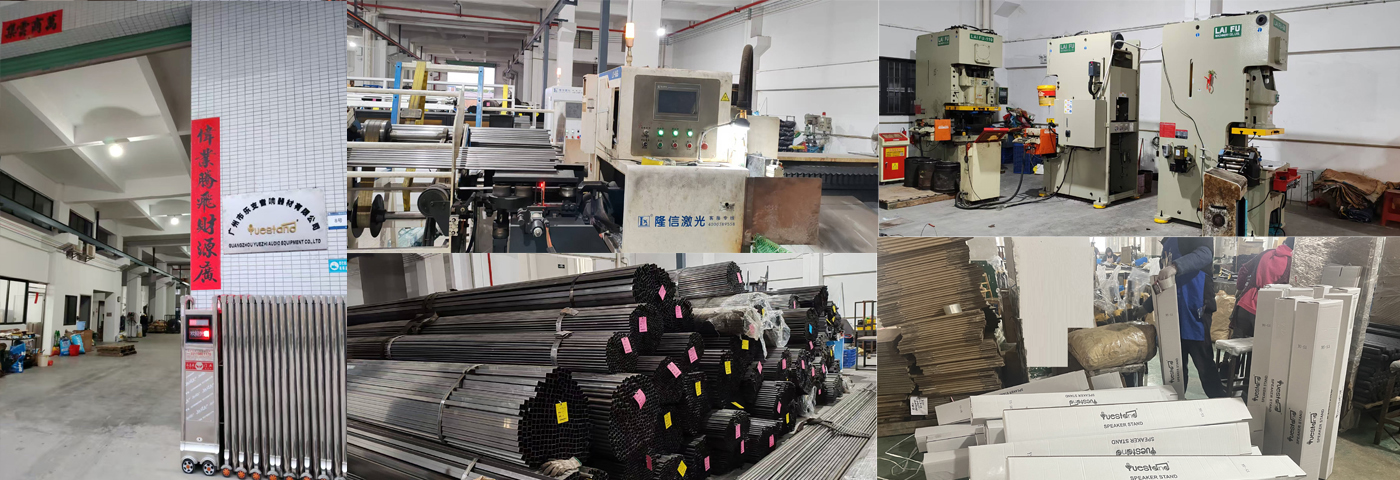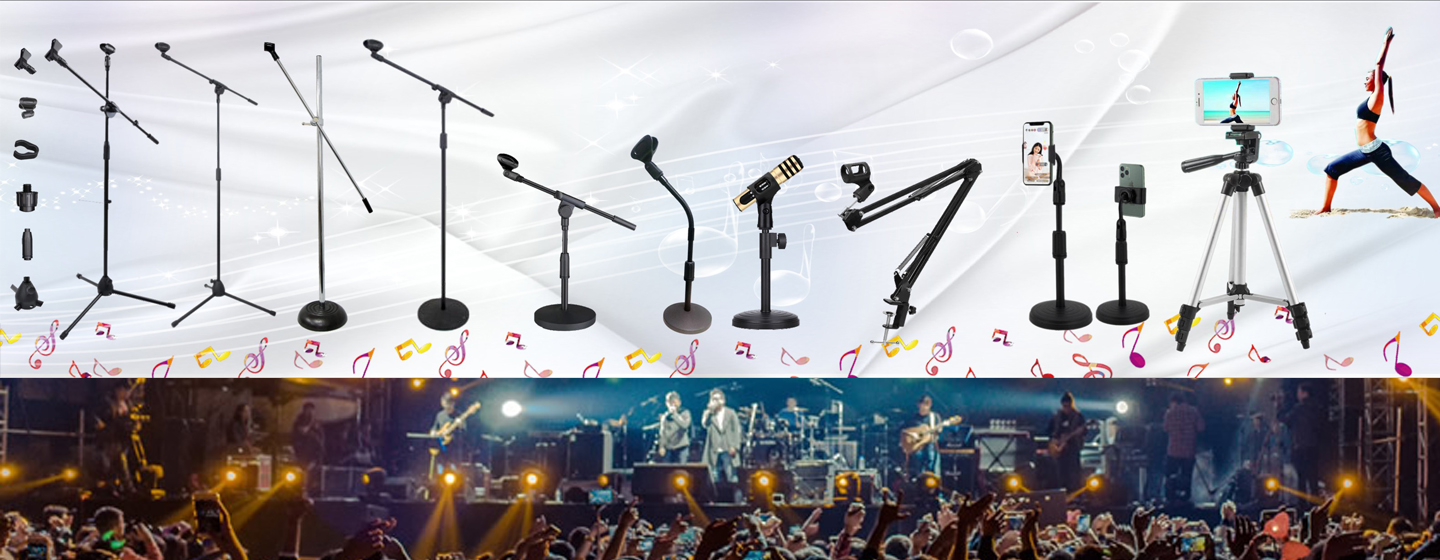Laser Cut Tube Technology: A Manufacturing Innovation for High Precision and Efficiency
INTRODUCTION
Since its introduction in the 1960s, laser cutting technology has gradually become one of the core processes in the modern manufacturing industry by virtue of its high precision, high efficiency and flexibility. In the field of metal pipe processing, laser cutting technology has broken through the limitations of traditional mechanical cutting, providing innovative solutions for automotive, aerospace, construction and other industries. In this paper, we will analyze the technical principle of laser cutting tubes, advantages and application scenarios.
First, the technical principle: from laser generation to accurate cutting
The core of laser cutting of tubes lies in the use of high-energy-density laser beams to locally melt or gasify the material, with auxiliary gases (e.g., oxygen, nitrogen) to blow away the slag, thus realizing cutting. The technical process includes the following key links:
Laser generation and focusing
A high-energy beam is generated by a CO2 laser or fiber laser, which is converged into a spot with a diameter of 0.1-0.3 mm by a system of reflectors and focusing mirrors, with an energy density of up to 10⁶-10⁷ W/cm².
Pipe positioning and dynamic cutting
Adopting servo motor and rotary fixture to realize six-axis linkage (X/Y/Z-axis translation, A/B/C-axis rotation) of the pipe to ensure that the cutting head is able to move along the complex three-dimensional path, adapting to the cutting needs of different pipe diameters (e.g., round, square, and profiled pipes).
Intelligent process control
The cutting path is preset by CAD/CAM software, combined with real-time sensor feedback to adjust the laser power, cutting speed and other parameters, to avoid errors caused by pipe deformation or surface defects.
Second, the core advantages of laser cutting pipe
Compared with traditional sawing, stamping or plasma cutting, laser technology has significant advantages:
Precision and quality: cutting tolerance can be controlled within ± 0.05 mm, burr-free kerf, directly meet the welding or assembly needs.
Complex geometric processing: support for beveling, hole cutting, skeletonization and other processes, such as multi-angle beveling for automotive exhaust pipes.
High material utilization: optimized nesting reduces scrap, especially for high-cost materials such as titanium and stainless steel.
Increased efficiency: cutting speed up to 10-30 meters/minute, 3-5 times faster than traditional methods, and supports 24-hour automated production






